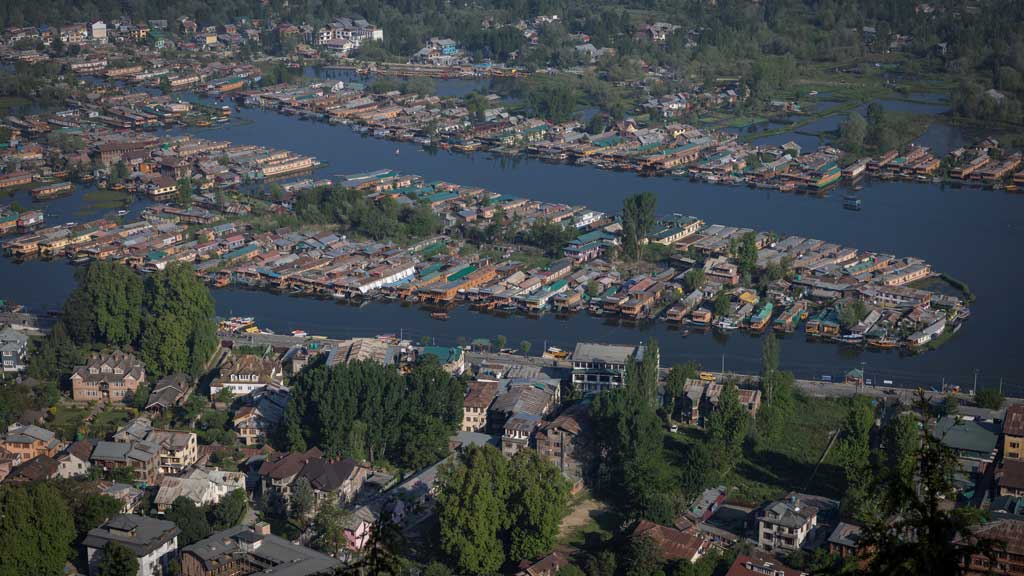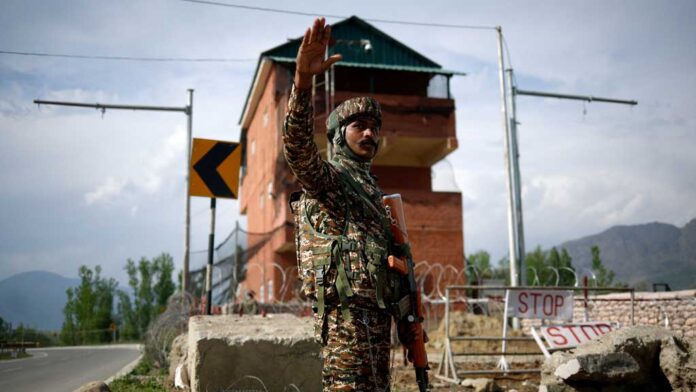India launched military strikes in the early hours of May 7 on what it described as “terrorist camps” located in Pakistan, including areas within the disputed region of Kashmir. The attack came in retaliation for the killing of 26 people—mostly tourists—in Indian-administered Kashmir last month. India has blamed the incident on Pakistan-based Islamist militants.
The Muslim-majority region of Kashmir, nestled in the Himalayas, remains a flashpoint between India and Pakistan, having witnessed wars, insurgencies, and countless diplomatic confrontations.
Partition and Accession
Following the 1947 partition of British India, Kashmir was expected to join Pakistan due to its Muslim-majority population. However, the region’s Hindu ruler initially aimed for independence. Facing an invasion by tribal fighters from Pakistan, he agreed to accede to India in October 1947 in exchange for military assistance.
Geography and Demographics
Today, the region is split among three countries: India, Pakistan, and China. India governs the Kashmir Valley, Jammu, and Ladakh; Pakistan controls Azad Kashmir and the Northern Areas; and China occupies Aksai Chin.
Indian-administered Kashmir is home to approximately 7 million people, about 70% of whom are Muslim.

Article 370
Article 370 of the Indian Constitution granted limited autonomy to Jammu and Kashmir. Drafted in 1947 by then-state Prime Minister Sheikh Abdullah and supported by India’s first Prime Minister Jawaharlal Nehru, the article was intended as a temporary measure but was formally adopted in 1949.
Wars and Military Clashes
Since gaining independence, India and Pakistan have fought three major wars, two of which—in 1947 and 1965—centered on Kashmir. A third war in 1971 led to the birth of Bangladesh. In 1999, the two nations fought again in the Kargil region during an undeclared war. The United Nations later brokered a ceasefire that established the Line of Control dividing the region.
The Insurgency
A significant number of Muslims in Indian Kashmir have long opposed Indian rule, perceiving it as oppressive. This frustration erupted in 1989 into a violent insurgency led by Muslim separatists. India deployed large numbers of troops to the region, and tens of thousands of lives have since been lost.
India accuses Pakistan of funding and training militant groups—an allegation Pakistan rejects, claiming instead that it provides only diplomatic and moral support.
Revocation of Special Status
In August 2019, Indian Prime Minister Narendra Modi’s administration revoked the region’s special status under Article 370, asserting that this move would bring Kashmir into full alignment with the rest of India. The former state was split into two union territories: Jammu and Kashmir and Ladakh. Pakistan condemned the action and downgraded diplomatic ties with India.
Recent Developments
Modi has argued that his government’s 2019 decision helped restore stability to the region after years of unrest. Indian officials report that while violence has declined, reflected in fewer large-scale attacks and an increase in tourism, targeted killings of both civilians and security personnel still occur.
2024 Elections
In 2024, Jammu and Kashmir conducted its first local elections since the loss of its special status. Several newly elected legislators advocated for the partial restoration of Article 370. However, key regional political parties either boycotted the polls or criticized them, arguing that those elected would lack actual governing power.



